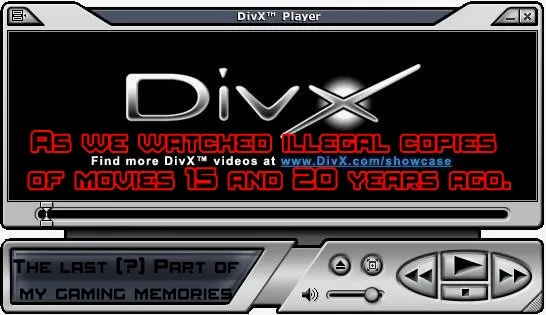
Today we have beautiful times - the times of streaming services. Thanks to them, we have unrestricted access to many films - both cinema classics and cult series, those that have not won the recognition of the audience, as well as new productions. It is true that we will not watch everything on one platform, but if we have friends who are interested in streaming, you can buy a monthly subscription to D +, HBOMax and Netflix for PLN 60, which will give us access to many movies. Thanks to this and slight changes in the mentality of our distributors (although they are still far from, for example, the UK, where you can buy a movie or anime for really little money, as it will be six months after the premiere), the prices of DVDs have also dropped. I don't know when exactly, but for sure 10 years ago, the prices were very high. And I'm not talking about the situation when the film had its premiere on home media recently - these prices held up for FEW years! In comparison, in the UK, the title after a few months (and especially after a year or two) was so cheap that you could buy it for £ 3, £ 20 maximum for high-content packaging (which is felt by us as if we had paid 25-35 PLN, if, of course, we earn from an Englishman - explanation for people from outside Poland, PLN 50 is about 10 pounds). For this reason, lots of people stole illegally obtained files. Today, piracy has been significantly reduced, as evidenced by all the statistics, but contrary to the propaganda of some people, it has not disappeared at all. Torrent sites are still active, and their users regularly post new content that debuted on streaming services on the same day and beyond. By the way, there are still tons of people who don't want to touch torrents because they can't handle them, which makes me a bit of a laugh (mostly because the same people are downloading files from other sites). It was very easy when I was a teenager, and today the whole process is automatic and apart from clicking "yes, ok", we don't have much to do or learn. On the other hand, due to the fact that not everyone has a trusted person with whom they could take a joint account on Netflix, D +, HBOMax etc. this piracy got again a slight boost to popularity. Various websites talk about it from time to time, the growth is not too great, IMO is primarily the return of the old guard, which watched everything they wanted on the above-mentioned websites and now they only need to watch individual movies or series from an illegal source.
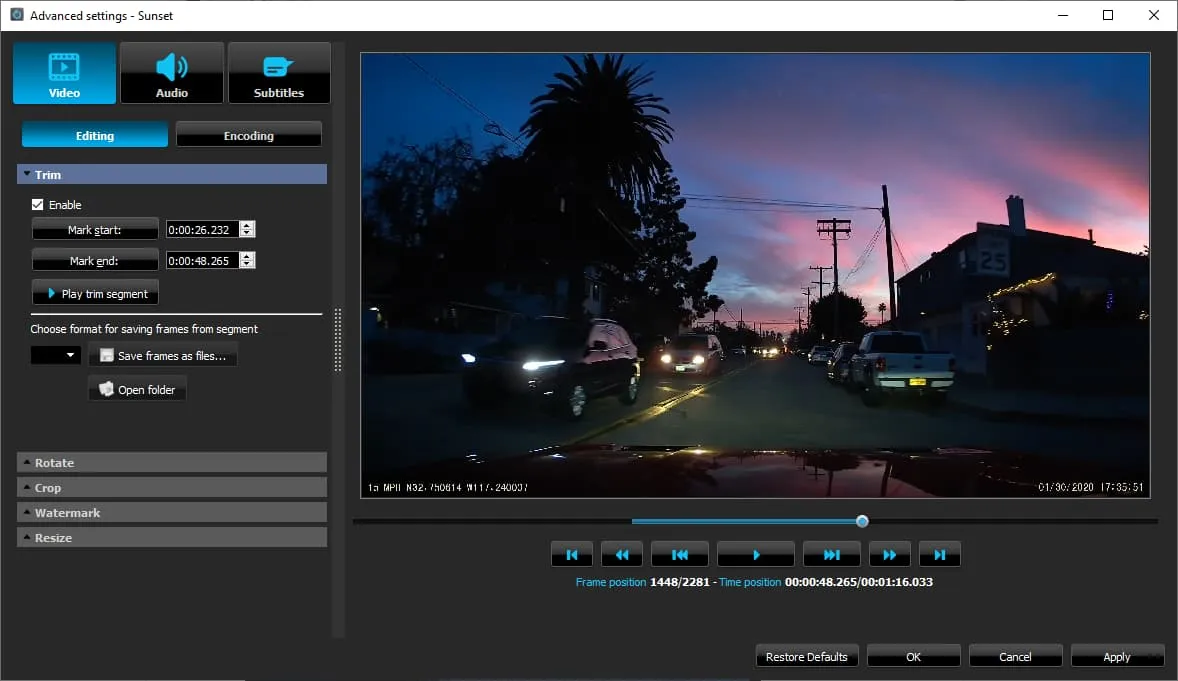
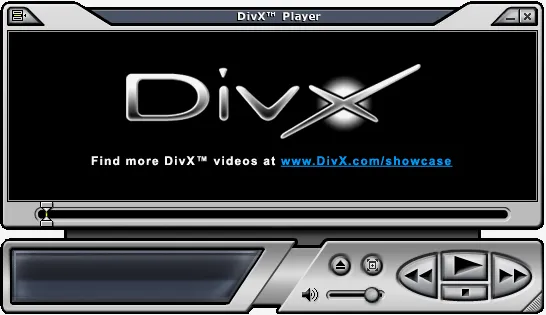
Today I am going to share with you my memories from the time when I went to junior high school, high school and college. I have already written about pirate VHS tapes, in this text I will focus on the VCD (Video CD) format, movies recorded with a camera (which were known in the jargon as "CAM" files) and I will come back to the topic of torrents, emule etc. As always, I would like to remind you - I am not an expert, so if you expect fully substantive material, you will not find it here. These are only memories of a man who has been on the Internet for most of his life (i.e. several dozen years) and arranged new movies, games and anime for his friends.
Let me start with CAM, because it will be easier to talk about VCD in the context of DVD. CAMs are still appearing today, which surprised me a lot when I found out about it. Seriously, someone wants to risk a mishap in times when films reach viewers instantly? In the case of anime, I still understand this, because we still have to wait 5, 6 months for home copies (+ The Japanese have great phones that are easy to hide and at the same time provide a fairly high recording quality). They used to be much more common - to this day I remember writing with my friends on Gadu-Gadu (a Polish communicator, which was very popular at one time) and exchanging links to "a slightly better copy, on which we saw a bit more". I remember the situation most from "SAW II", the title which at the time of the premiere made a great impression on the audience, but then it was fragmented by creating more and weaker parts. But it was different then, people wanted to see a sequel to a very good horror film quickly. I was supposed to go to my friend on Monday, but every few hours, better and better copies appeared (the differences were small, but noticeable). Ultimately I went to her on Wednesday when the quality was really good for CAM quality. When I visited PirateBay and other torrent sites that no longer exist today (apart from PB, this colossus probably can't be sunk), after the premiere of a loud movie, we had dozens of files to download. Most of them were the same, although some of them had improved audio - it didn't change much, but at least there was less noise and audience responses were muffled. Overall their quality was completely rubbish, but sometimes there were versions that you could watch despite all the problems. I saw a few myself, and although it was not a perfect screening, you could see and hear over 90% of the film. I stopped watching them, because already then I found that I had so many films to watch in good quality that it would be a waste of my time to watch things that I will be able to watch in a satisfactory quality in half a year or a year.


Fortunately, we also had a video compression method known as DivX. I had contact with it almost from the beginning - thanks to my father and my peers. It was much more difficult then, we didn't have such access to codecs, there were much fewer programs to play, but if it wasn't a problem for you, you could watch movies in much better quality than CAM. Today it's just a few mouse clicks away - you download the K-Lite codec pack, install Media Player Classic, and don't need to do anything else. I don't remember what it was like when my dad showed me DIVX, but I remember talking to my peers about it for the first time. It was the movie "South Park", I was 10, max 11 years old - many of my friends (the same ones who a few years later raved about the first GTA in 3D) raved about it. As a fan of the show, I asked each of them if they would lend me the album. Except for one of them, nobody wanted to borrow. The reasons were different, either it was an album of "my friend's friend" or they watched it at a friend's house. After a few days of searching, I found a friend who had his copy and didn't need it for 2.3 weeks, because he had watched SP so many times that he was bored. I took the CD, ran home and tried different combinations for several hours. I installed various players that were on CD-Action or other computer magazines and none of them worked. Then I read in one that you need codecs to play movies properly ... So again I took an hour or two to find them on the CD. Eventually I found, installed, and was able to watch the movie in Windows Media Player. It was impossible to add subtitles (I had no MPC then and the subtitle file was separate) so had to watch in English. Little did I understand other than the vulgar and basic words, but I enjoyed seeing something new on the PC.
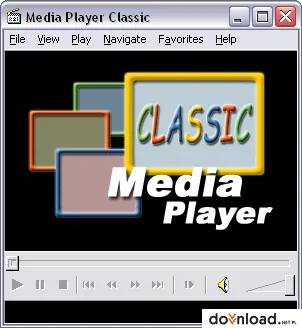
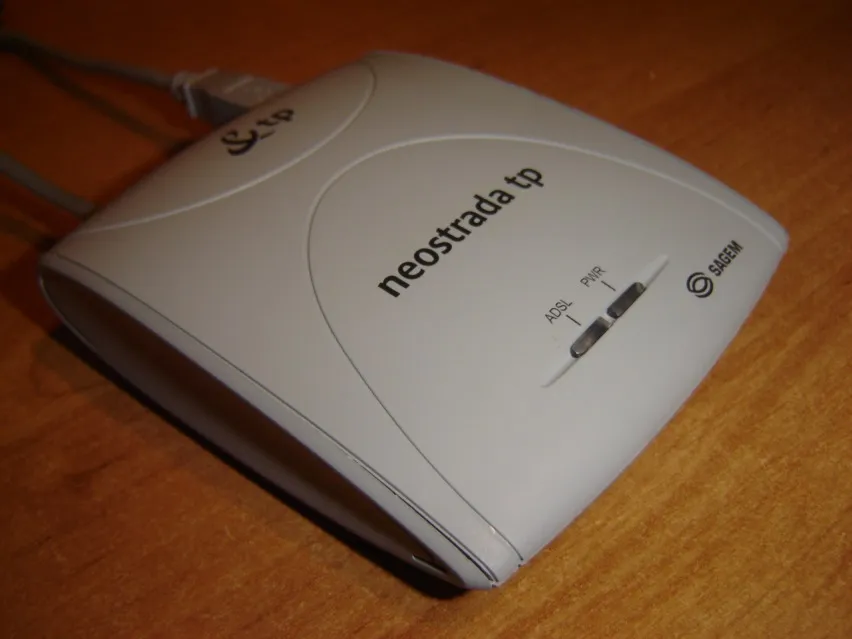
I watched this movie 7 times, 3 times alone, 4 with different colleagues whose PC did not support movies. When it comes to movies, Dad brought home dozens of CDs and I had a kind of "Video on demand" version for the poor. I don't remember any interesting memories from that period, it was quite standard, as in most of the materials of various people on this topic - we watched everything that was at hand. Some films (the very good or well-made, and sometimes those combining both aspects) we watched several or a dozen times, we exchanged films between friends (we often added instructions with my father + a separate CD with programs for them, because many people were not able to work around codec or player problem). How was it in the anime? Well, a long time ago we sent letters to anime and non-anime magazines where others with a similar problem also wrote. We wrote what we had and on what medium and offered an exchange. Today it makes me a little funny, because people were giving their full home address + no one thought that this way you could rob a lot of people + get sensitive information, but it was like that. As far as I am concerned, I was too young then and I only watched anime on TV, but when I already had a CD recorder, I exchanged a few anime with two friends - one lived in Wrocław and the other in Katowice. Back then, not everyone had the internet, and if someone had a recorder, he could earn quite a lot of money selling pirated recordings at an online auction (there were quite a lot of such people on Allegro and surprisingly long, no one kicked them out, the police ignored it too). I only bought one anime back then ... and it was "Dragon Ball Z" along with a few movies. I wanted more, but my mother said it was too expensive. I was 15 at the time and well, there were a lot of takers, at one time I even had to divide the set into 3 parts (1st half, 2nd half, films) because there were too many willing. Then I had constant access to the Internet and could freely download everything in the original language. Anyway, even on the regular internet (there was a version just before Neostrada to take 30 hours a month) there was such an option. I remember for several months downloading the first movie with "Broly" which weighed 699MB.
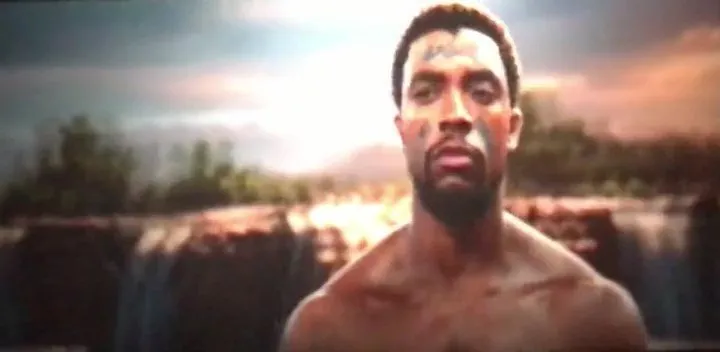
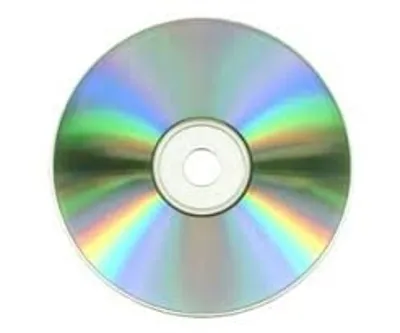
VCD was, or at least I think so, a format for those who could not afford DVD (the same is true of DVD and BluRay today). Out of curiosity, I asked Uncle Google and it turned out that it was made 2 years before the DVD. The purchase of a PC could be justified by various things - the child will give us some peace (today streaming and smartphones perform this task), you can pay bills, work on it, relax, listen to music, while the DVD was then quite expensive and poorer people had to do a little save to buy a player. From what I remember, the quality was lower than on a good VHS cassette. I will not give you the details, because, as I said, I am not an expert, but I remember that both the audio and video layers were noticeably worse than on the cassette media. Pixels were visible quite often and the colors were less pronounced and pale. I haven't had many films like this, maybe 3 or 4 - my mom bought them when they were added to the women's press.

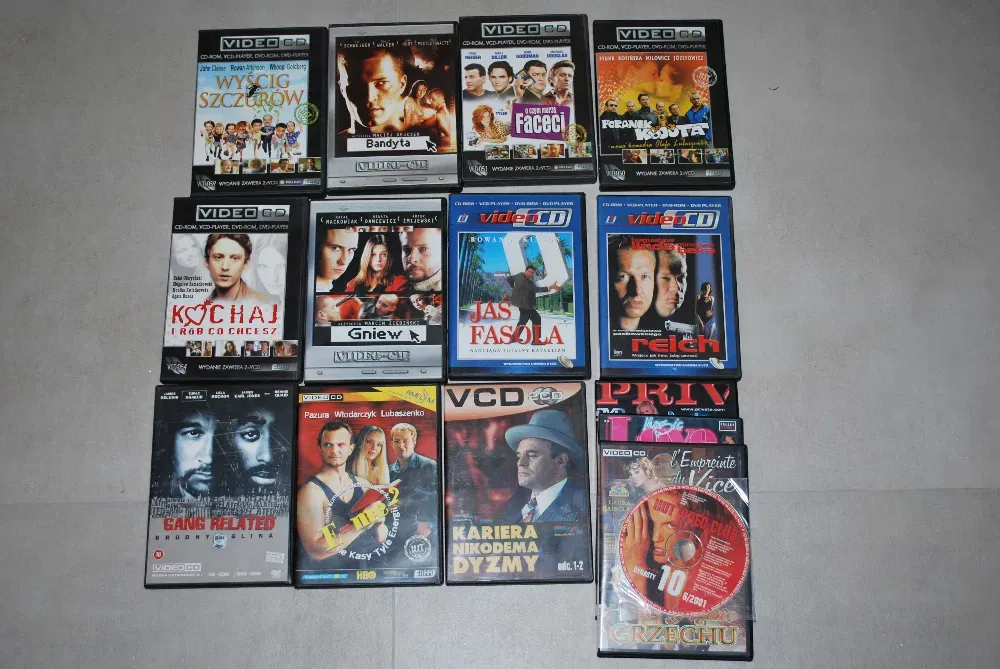
It was like that too. Some things I may have overlooked, and if I remember something (or you will do it through comments). Either way, this is the end of my gaming cycle. It was nice, I'm glad I made this ... "event"? It is true that the part about the movies came out much later than planned, but when I finished the topic of games, I didn't have enough energy to finish it. I plan to do something similar, just as long, for anime. It will be a completely different text, but it will also be about 10 parts. Hope you enjoyed reading!
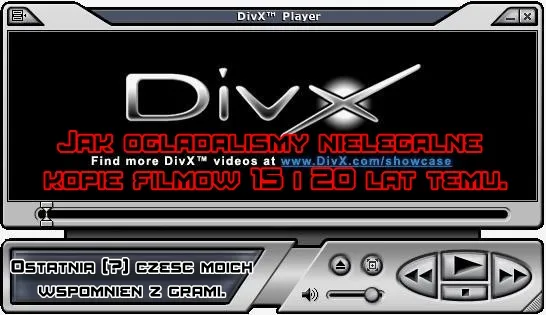
Dziś mamy piękne czasy - czasy serwisów streamingowych. Dzięki nim, mamy nieskrępowany dostęp do wielu filmów - zarówno klasyki kina, czy kultowych seriali, tych które nie zdobyły uznania publiczności, jak i nowych produkcji. Co prawda nie obejrzymy wszystkiego na jednej platformie, ale jeżeli mamy kumpli lub koleżanki, którzy są zainteresowani streamingiem, to można za 60 PLN wykupić miesięczny abonament na D+, HBOMax i Netflix, co da nam dostęp do wielu filmów. Dzięki temu oraz delikatnych zmianach w mentalności naszych dystrybutorów (choć nadal daleko im do np. UK, gdzie można kupić film lub anime za naprawdę niewielkie pieniądze, jak minie pół roku od premiery), spadły również ceny płyt DVD. Nie wiem kiedy dokładnie, ale na pewno 10 lat temu, ceny były bardzo wysokie. I nie mówię tu o sytuacji, gdy film miał niedawno temu premierę na nośnikach domowych - te ceny utrzymywały się jeszcze przez KILKA lat! Dla porównania w UK, tytuł po paru miesiącach (a zwłaszcza po roku lub dwóch latach), był tak tani, że można go było kupić za 3, maksymalnie 20 funtów przy opakowaniach z dużą zawartością (co jest odczuwalne przez nas, jakbyśmy zapłacili 25-35 PLN, o ile rzecz jasna zarabiamy u Anglika - wyjaśnienie dla ludzi spoza Polski, 50 PLN to około 10 funtów). Z tego powodu, mnóstwo ludzi kradło nielegalnie pozyskane pliki. Dzisiaj piractwo zostało znacznie ograniczone, co udowadniają wszystkie statystyki, ale wbrew propagandzie niektórych ludzi, nie zniknęło ono wcale. Strony z torrentami nadal są aktywne, a ich użytkownicy regularnie wrzucają nowy content, który w tym samym dniu zadebiutował na serwisach streamingowych i nie tylko. Swoją drogą, nadal jest mnóstwo ludzi, którzy nie chcą dotykać torrentów, bo nie umieją ich obsługiwać, co mnie trochę śmieszy (głównie dlatego, że ci sami ludzie pobierają pliki z innych stron). To było banalnie proste już w czasach, kiedy byłem nastolatkiem, a dzisiaj cały proces jest automatyczny i poza klikaniem "yes, ok" nie mamy zbyt wiele do robienia lub nauczenia. Z drugiej strony, z uwagi na to, że nie każdy ma kogoś zaufanego, z kim mógłby wziąć wspólne konto na Netflix, D+, HBOMax etc. to piractwo dostało znowu lekkiego boosta do popularności. Różne serwisy internetowe mówią o tym od czasu do czasu, wzrost nie jest zbyt wielki, IMO to przede wszystkim powrót starej gwardii, która obejrzała wszystko, co chciała na w/w serwisach i teraz im wystarczy oglądanie pojedynczych filmów lub seriali z nielegalnego źrodła.


Dzisiaj podzielę się z Wami moimi wspomnieniami z czasów, gdy chodziłem do gimnazjum, liceum oraz na studia. O pirackich kasetach VHS już pisałem, w tym tekście skupię się na formacie VCD (Video CD), filmach nagrywanymi kamerą (które były znane w żargonie jako pliki "CAM") oraz wrócę do tematu torrentów, emule'a etc. Jak zwykle przypominam - nie jestem ekspertem, więc jeżeli oczekujecie w pełni merytorycznego materiału, to tutaj go nie znajdziecie. Są to jedynie wspomnienia człowieka, który siedzi w internecie większość swojego życia (czyli kilkadziesiąt lat) i załatwiał nowe filmy, gry i anime dla swoich znajomych.
Zacznę od CAM, bo o VCD łatwiej będzie powiedzieć w kontekście DVD. CAM-y pojawiają się po dziś dzień, co mnie bardzo zdziwiło, gdy się o tym dowiedziałem. Serio komuś chce się ryzykować wpadką w czasach, gdy filmy trafiają błyskawicznie do widzów? W przypadku anime, to jeszcze rozumiem, bo na domowe kopie nadal musimy poczekać 5, 6 miesięcy (+ Japończycy mają świetne telefony, które można łatwo ukryć, a jednocześnie zapewniają dość wysoką jakość nagrywania). Dawniej były znacznie powszechniejsze - do dziś pamiętam, jak pisałem z kumplami na Gadu-Gadu (polski komunikator, który swego czasu był bardzo popularny) i wymienialiśmy się linkami do "nieco lepszej kopii, na której widzieliśmy odrobinę więcej". Najbardziej zapamiętałem sytuację z "SAW II", tytułu który w czasie premiery, zrobił duże wrażenie na publiczności, ale potem została ona rozdrobniona przez tworzenie kolejnych, coraz słabszych części. Wtedy było jednak inaczej, ludzie chcieli szybko zobaczyć kontynuację bardzo dobrego horroru. Miałem pójść do koleżanki w poniedziałek, ale co parę godzin, pojawiała się coraz lepsza kopia (różnice były niewielkie, ale dostrzegalne). Ostatecznie poszedłem do niej w środę, gdy jakość była naprawdę dobra, jak na jakość CAM. Gdy odwiedzałem PirateBaya i inne strony z torrentami, które dzisiaj już nie istnieją (poza PB, tego kolosa chyba nie da się zatopić), po premierze jakiegoś głośnego filmu, to mieliśmy dziesiątki plików do pobrania. Większość z nich, nie różniła się od siebie, aczkolwiek niektóre z nich miały poprawione audio - niewiele to zmieniało, ale przynajmniej było mniej szumów, a reakcje widowni były wytłumione. Generalnie ich jakość była kompletnie śmieciowa, ale czasami zdarzały się takie wersje, które dało się oglądać pomimo wszystkich problemów. Sam widziałem kilka i choć nie był to idealny seans, to można było zobaczyć i usłyszeć ponad 90% filmu. Przestałem je oglądać, bo już wtedy stwierdziłem, że mam tyle filmów do obejrzenia w dobrej jakości, że szkoda mojego czasu na obejrzenie rzeczy, które za pół roku lub rok będę mógł obejrzeć w satysfakcjonującej jakości.


Na szczęście mieliśmy również metodę kompresji video, znaną jako DivX. Miałem z nią styczność niemal od początku - dzięki ojcu i moim rówieśnikom. Wtedy było znacznie trudniej, nie mieliśmy takiego dostępu do kodeków, programów do odtwarzania było znacznie mniej, ale jeżeli nie stanowiło to dla ciebie problemu, to można było oglądać filmy w znacznie lepszej jakości niż CAM. Dzisiaj to kilka kliknięć myszką - pobierasz zestaw kodeków K-Lite, instalujesz Media Player Classic i nie musisz robić nic więcej. Nie pamiętam, jak wyglądał moment, gdy tato pokazał mi DIVX, ale pamiętam, jak po raz 1 rozmawiałem o tym z rówieśnikami. Był to film "South Park", miałem 10, maksymalnie 11 lat - wielu moich kolegów (ci sami, którzy parę lat później zachwycali się pierwszym GTA w 3D), zachwycało się nim. Jako fan serialu, pytałem każdego z nich, czy by mi nie pożyczył płyty. Poza jednym z nich, nikt nie chciał pożyczyć. Powody były różne, albo to była płyta "kolegi mojego kolegi" albo oglądali u kolegi w domu. Po paru dniach poszukiwań, natrafiłem na kolegę, który miał swoją kopię i nie potrzebował jej przez 2,3 tygodnie, bo obejrzał SP tyle razy, że był znudzony. Wziąłem płytę, pobiegłem do domu i przez kilka godzin próbowałem różnych kombinacji. Instalowałem różne odtwarzacze, które były na płytach CD-Action lub innych czasopism komputerowych i żaden z nich nie działał. Potem przeczytałem w jednym z nich, że do poprawnego odtwarzania filmów potrzebne są kodeki... Zatem znowu poświęciłem godzinę lub dwie, na znalezienie ich na płycie CD. W końcu znalazłem, zainstalowałem i mogłem obejrzeć film w Windows Media Player. Nie można było dodać napisów (nie miałem wtedy MPC, a plik z napisami był osobno), więc musiałem oglądać po angielsku. Niewiele zrozumiałem, poza wulgarnymi i podstawowymi słowami, ale cieszyłem się widząc coś nowego na PC.


Obejrzałem ten film z 7 razy, 3 razy sam, 4 z różnymi kolegami, których PC nie obsługiwał filmów. Jeśli chodzi o filmy, to Tato przynosił dziesiątki płyt CD do domu i miałem coś w rodzaju "Video on demand" w wersji dla ubogich. Nie pamiętam żadnych ciekawych wspomnień z tego okresu, było dość standardowo, jak w większości materiałów różnych ludzi dotyczących tego tematu - oglądaliśmy wszystko, co było pod ręką. Niektóre filmy (te bardzo dobre lub ładnie wykonane, a czasem te łączące oba aspekty) oglądaliśmy po kilka albo kilkanaście razy, wymienialiśmy się między znajomymi filmami (często dodawaliśmy z ojcem instrukcję + osobną płytę z programami do nich, bo wielu ludzi nie było w stanie obejść problemu z kodekami lub odtwarzaczem). A jak to wyglądało z anime? Cóż, bardzo dawno temu wysyłaliśmy listy do czasopism o anime i nie tylko, do których pisali również inni z podobnym problemem. Pisaliśmy co mamy i na jakim nośniku i zaoferowaliśmy wymianę. Dzisiaj mnie to trochę śmieszy, bo ludzie podawali pełny adres do domu + nikt nie pomyślał, że w ten sposób można okraść wielu ludzi + zdobyć drażliwe informacje, no ale tak było. Jeśli o mnie chodzi, to wtedy byłem zbyt młody i oglądałem anime tylko w TV, ale jak już miałem nagrywarkę CD, to wymieniłem się kilkoma anime z dwoma kolegami - jeden mieszkał we Wrocławiu, a drugi w Katowicach. Wtedy jeszcze nie wszyscy mieli internet, a jak ktoś miał nagrywarkę, to mógł zarabiać całkiem niezłe pieniądze na sprzedaży pirackich nagrań na aukcji internetowej (na Allegro było dość wielu takich ludzi i zaskakująco długo, nikt ich stamtąd nie wyrzucał, policja to też ignorowała). Kupiłem wtedy tylko jedno anime... I był to "Dragon Ball Z" wraz z kilkoma filmami. Chciałem więcej, ale mama powiedziała, że za drogo. Miałem wtedy 15 lat i cóż, było wielu chętnych, swego czasu nawet musiałem dzielić zestaw na 3 części (1 połowa, 2 połowa, filmy), bo było zbyt wielu chętnych. Potem miałem stały dostęp do internetu i mogłem w nieskrępowany sposób wszystko pobrać w oryginalnej wersji językowej. Zresztą, nawet na zwykłym internecie (była wersja tuż przed Neostradą, by sobie wziąć 30h na miesiąc) była taka opcja. Pamiętam, jak przez kilka miesięcy pobierałem pierwszy film z "Brolym", który ważył 699MB.


VCD był, a przynajmniej tak mi się wydaje, formatem dla tych, których nie stać było na DVD (analogiczna sytuacja do DVD i BluRay dzisiaj). Z ciekawości zapytałem wujka Google i okazało się, że powstał 2 lata przed DVD. Kupno PC-ta można było uzasadnić różnymi rzeczami - dziecko da nam trochę spokoju (dziś to zadanie spełnia streaming oraz smartfony), można płacić rachunki, pracować na nim, relaksować się, słuchać muzyki, natomiast DVD było wtedy dość drogie i biedniejsi ludzie musieli trochę zaoszczędzić, by kupić sobie odtwarzacz. Z tego co pamiętam, to jakość była niższa niż na dobrej kasecie VHS. Szczegółów Wam nie podam, bo jak już mówiłem, nie jestem ekspertem, pamiętam natomiast, że zarówno warstwa audio, jak i video, były zauważalnie gorsze niż na kasetowym nośniku. Dość często były widoczne piksele, a kolory były mniej wyraziste i bardziej blade. Nie miałem zbyt wielu takich filmów, może 3 czy 4 - kupiła je moja mama, gdy były dodawane do prasy dla kobiet.


Także tak to było. Niektóre rzeczy być może przeoczyłem i jeżeli coś sobie przypomnę (lub zrobicie to Wy poprzez komentarze). Tak czy inaczej, to koniec mojego cyklu o grach. Było miło, cieszę się że zrealizowałem ten... "event"? Co prawda część o filmach wyszła dużo później niż planowałem, ale jak zakończyłem temat gier, to zabrakło mi weny na dokończenie. Planuję zrobić coś podobnego, równie długiego, w przypadku anime. Będzie to zupełnie inny tekst, ale też będzie około 10 części. Mam nadzieję, że miło się Wam czytało!